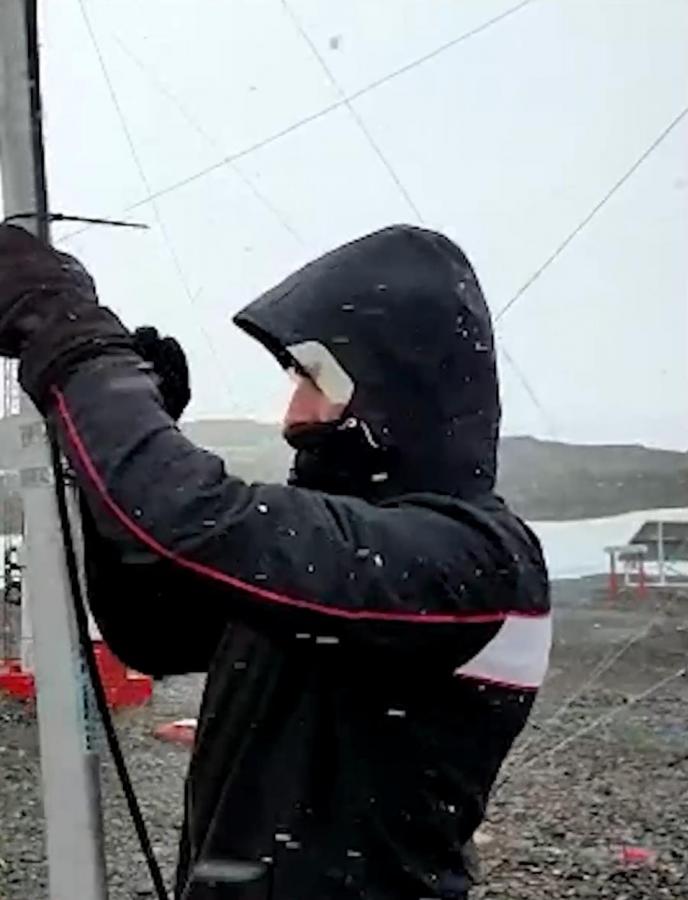Physical uplink layer for NVIS remote sensor networks in hostile channels

The objective of this thesis is to study and improve the physical layer of an NVIS system in order to use this technology within a remote sensing ecosystem over hostile channels. The thesis has been developed in the course of the SHETLAND-NET project which aimed to deploy an NVIS sensor network for the South Shetland Islands archipelago. The aim was to install a low-cost, low-power platform capable of transmitting signals by ionospheric propagation, with the objective of communicating two Antarctic islands in order to transfer sensor data.
A study of the current bibliography has been carried out and supported with previous studies on the topics: (1) HF channel sounding with different robustness improvement techniques, (2) modulations used in HF and in the new communication standards, outside the HF bandwidth and (3) common antennas in these systems and improvements in miniaturization.
With these three points, it is desired to improve the capabilities of NVIS technology, making a channel sounding with two propagation modes in order to use the Polarization Diversity technique and thus improve robustness.
On the other hand, from this channel survey, the SC-FDE modulation is designed, which is presented as the alternative to OFDM in the ascending layers, because it considerably reduces the PAPR effects generated by the subdivision of subcarriers, and is able to maintain the advantages of OFDM.
Finally, the improvement proposed is the miniaturization of the antennas used in these systems, proposing a 15 meter antenna of Horizontal Dipole type that is buried underground, in order to reduce the current pollution generated by these antennas putting in context that they are antennas of sizes of minimum 15 meters long.
All these tests have been tested experimentally between the radio link of Barcelona and Cambrils at the disposal of the Escuela Técnica Superior de Ingeniería de La Salle (Ramon Llull University) which are approximately 100 meters apart.
As a final test, part of these studies have been tested in the Antarctic Research Campaign 2021-2022.